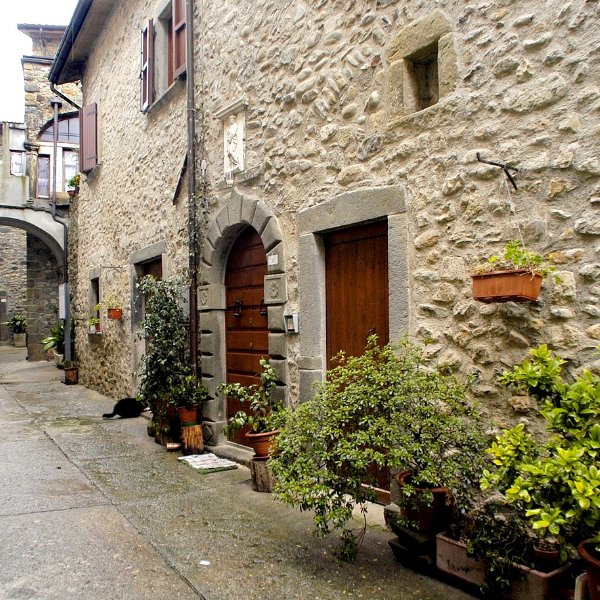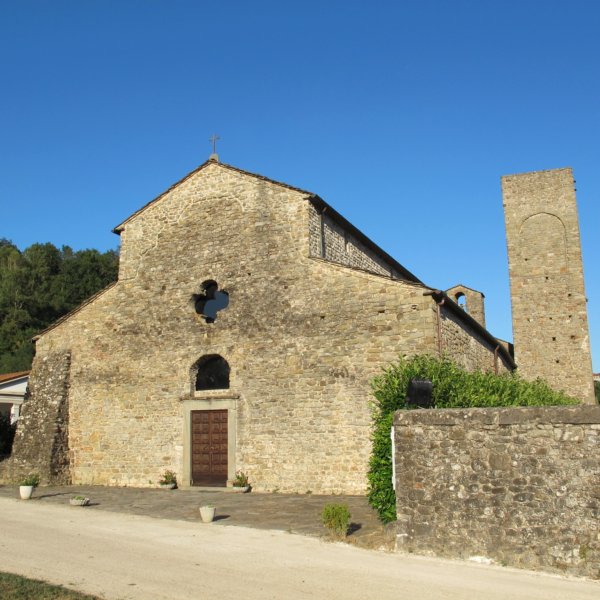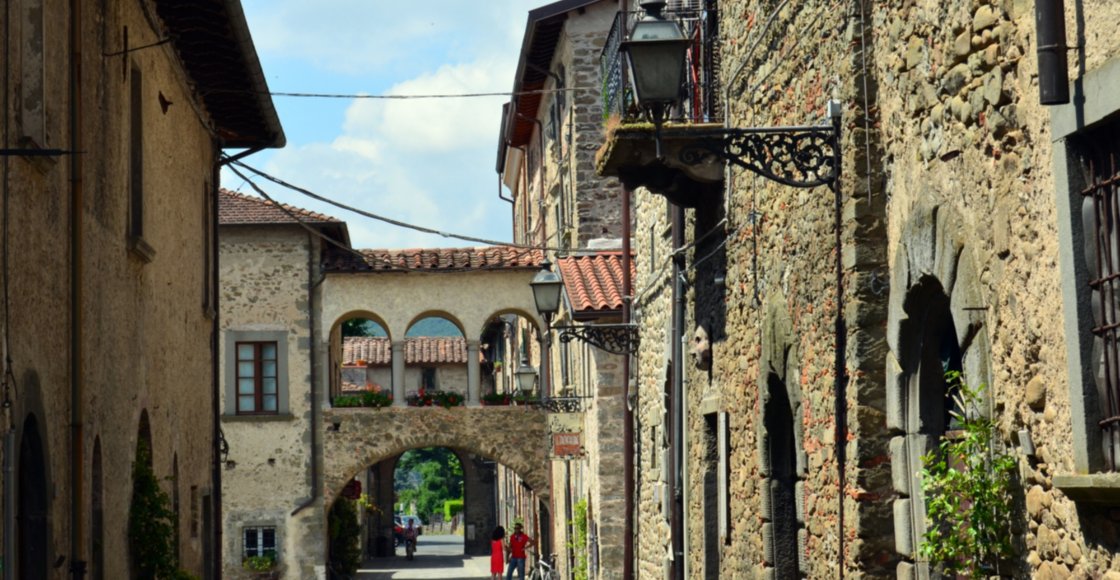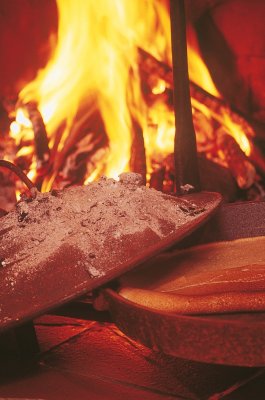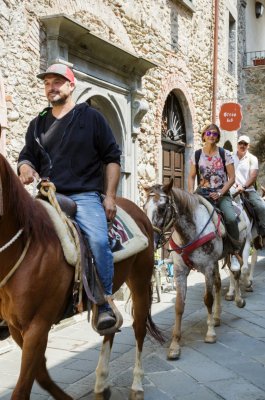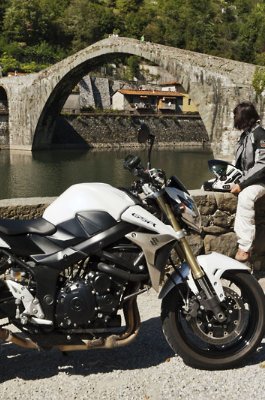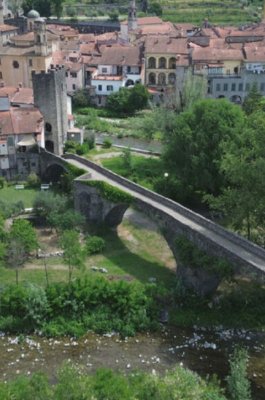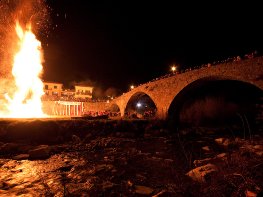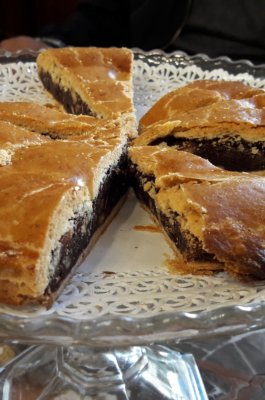This rather long stage, which can be walked in 8 hours, has no significant elevation gain, with a maximum rise of 820 feet or 250 meters. After passing Pontremoli, the route continues along paths traversing the greenery of Lunigiana.
Numerous medieval villages dot the path, like Ponticello with its tower-houses gathered around a tangle of arches and passageways.
The Romanesque Parish Church of Santo Stefano in Sorano, a sacred place frequented since prehistoric times, introduces Filattiera.
Continuing along the valley of the Monia stream, you reach Filetto then Villafranca. After crossing the Bagnone stream, the path climbs back up to Virgoletta then to a paved stretch, where you need to watch out for traffic, before finally heading toward the end of the stage, to the Terrarossa Castle, an imposing Malaspina residence that signals the approach to Aulla. Here, the Abbey of San Caprasio, a historic stop for pilgrims, welcomes travelers just as Sigeric, Archbishop of Canterbury, once did.









